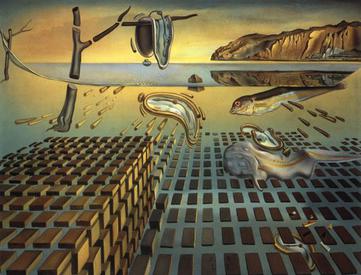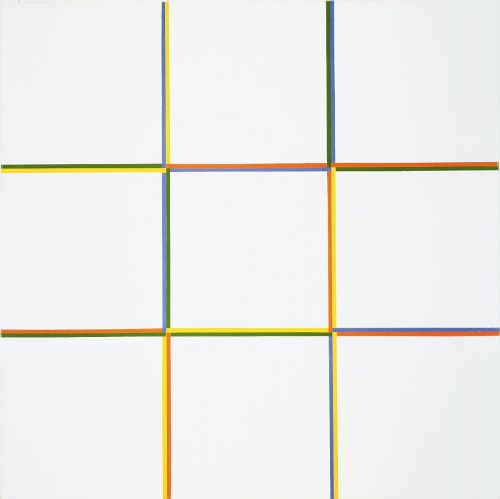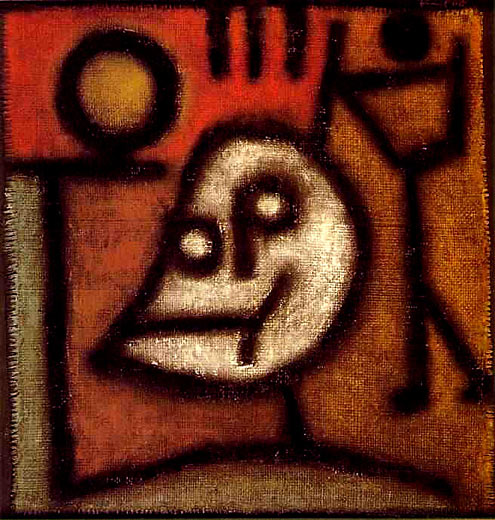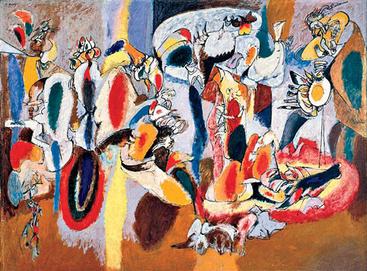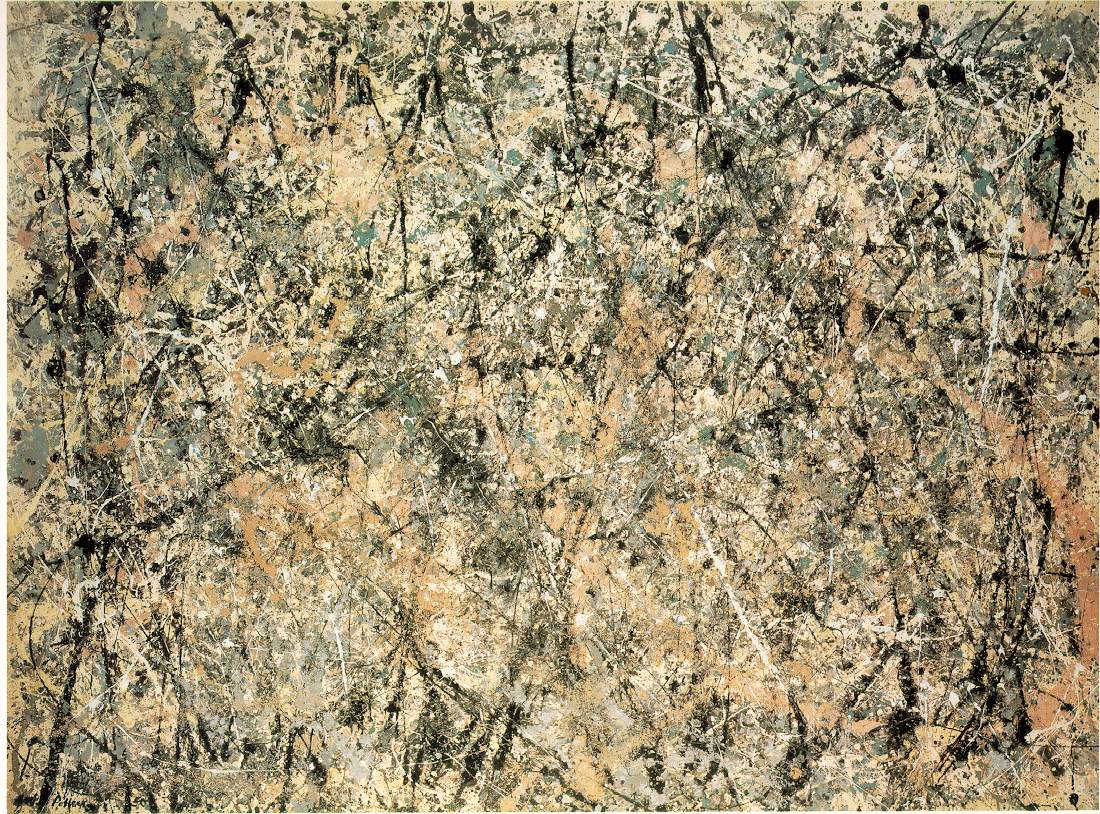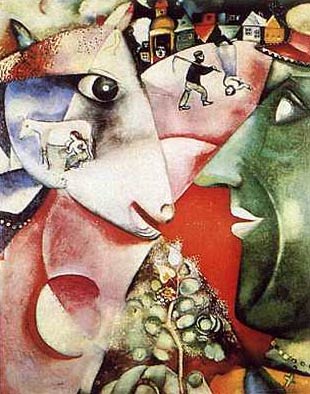You are now witnessing a medical masterpiece. Yes,
after serious as a military doctor in North Africa during WW2, Burri started to
paint as American prisoner in war, actually in Texas. In his art he took part
in using trash materials such as wood, rags, sacking with stop entries and
holes. Other material is incorporated over the years with higher emphasis on
eye for detail.
Composition (1953)
He surgically put his work together with whatever he had in his environment while being imprisoned. The art characterizes the poor materials painting qualities that later spur to new realism and arte povera, which is poor art directly translated. There is much more to it that solely poor material choice or a conspicuous way to overweight any other genre of art. It is rather commonalities of realistic or rather naturalistic express matters. Collaging simple materials and found objects like assemblages or instillations creates an open wealth of possible interpretations. It is also inferred interfaces of minimalism and conceptual art.
Example of arte povera
Take a chance to look in (SOURCE 1) just to browse
through a selected amount of his works during his imprisonment. His paintings
became a resistance to the progressively decorative nature of abstraction among
other Italian artists in the 1950s, this group was called Gruppo Origine,
meaning origin group, like original.
Gruppo Origine
Back to our composition, we are talking about a use
of oil, gold paint and glue on burlap and canvas. Extremely simple, but in my
opinion I believe it is artistic because it would be something I would put on
my way in my house. The reason being that a doctor is an artist, a mechanic is
an artist, a chauffeur is an artist, nearly every profession contains the top
of the pyramid, which is the professionals with everlasting respiring passion
for what they do, and I think I find Burri to be one of the chosen. The motive
and reason to his work is very inspiring opening ways for new ways to think in
other dimensions of collage.
Please see Source 4 if interested in an Italian
article from around the time Mr. Burri died.
SOURCES:
http://elpais.com/diario/1995/02/14/cultura/792716402_850215.html












